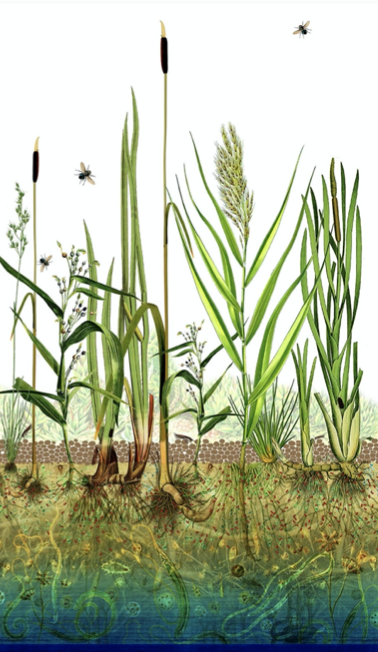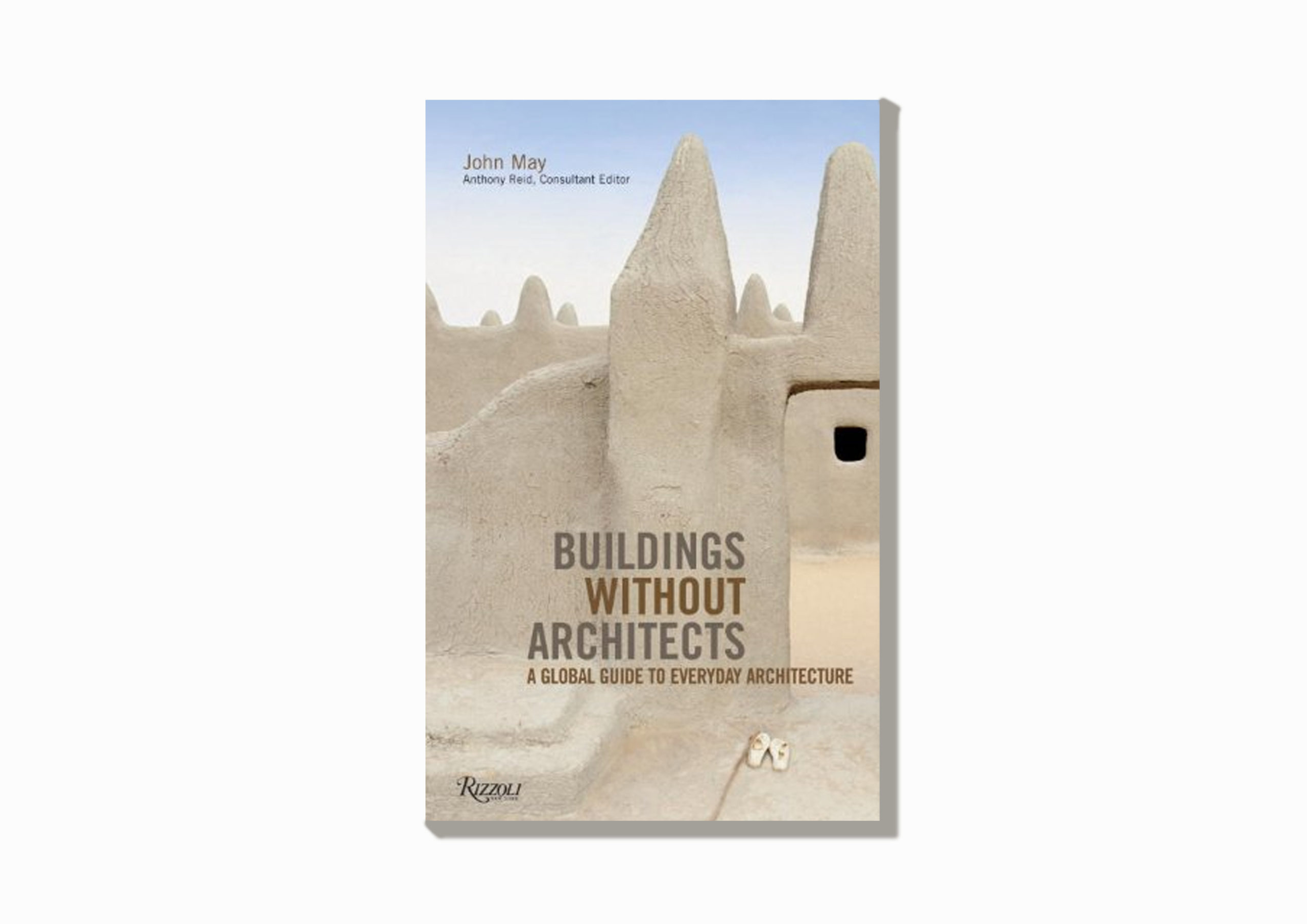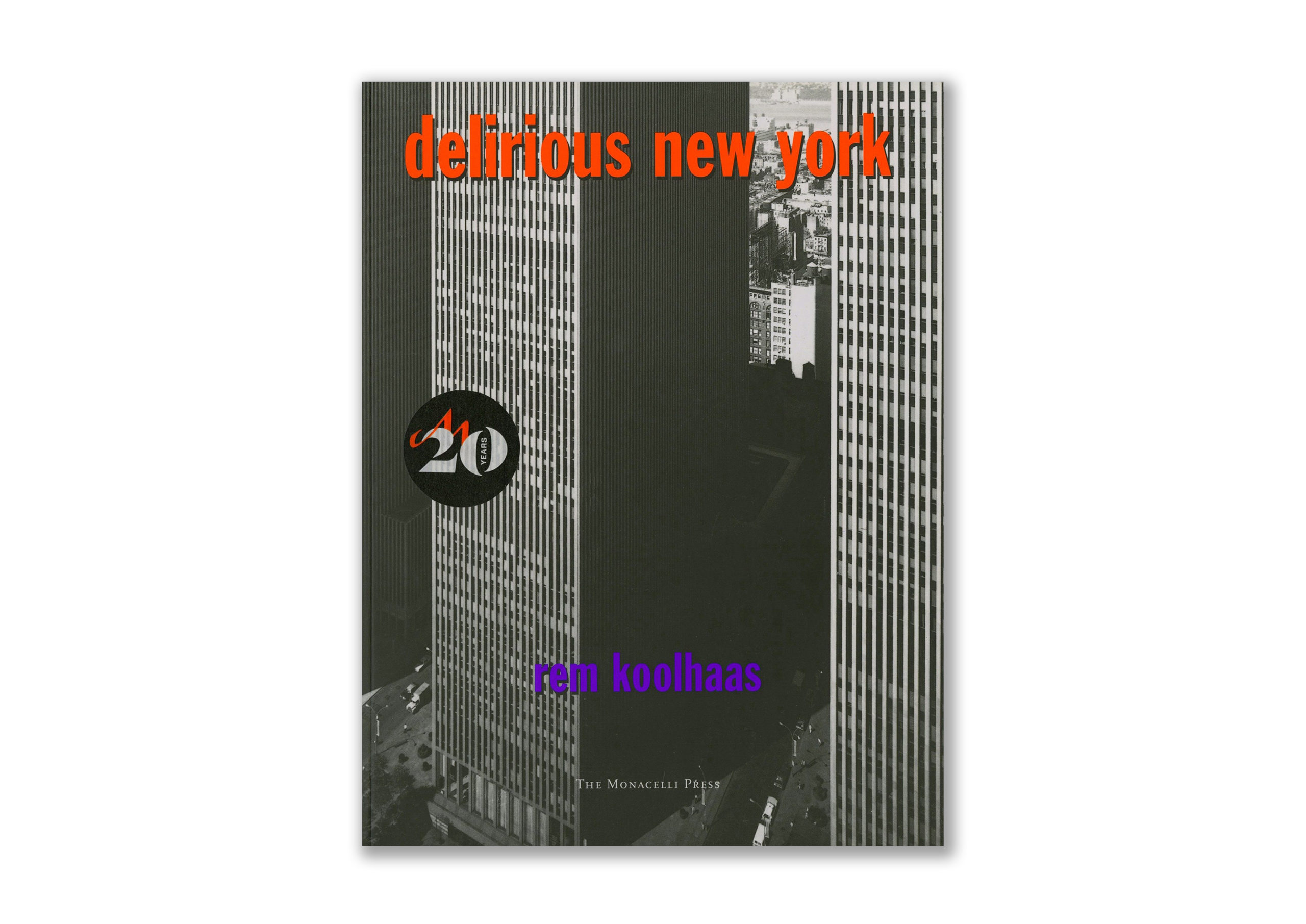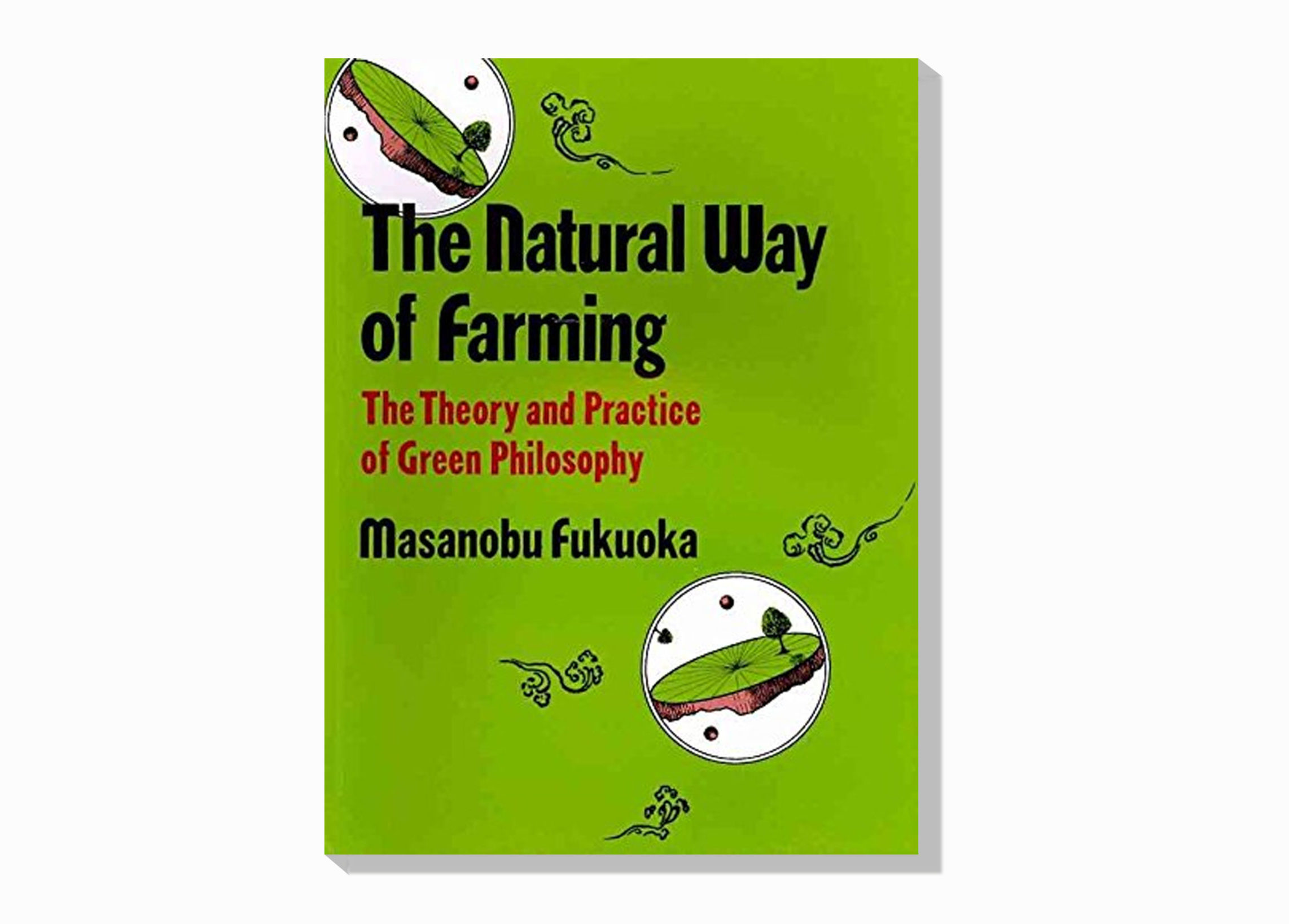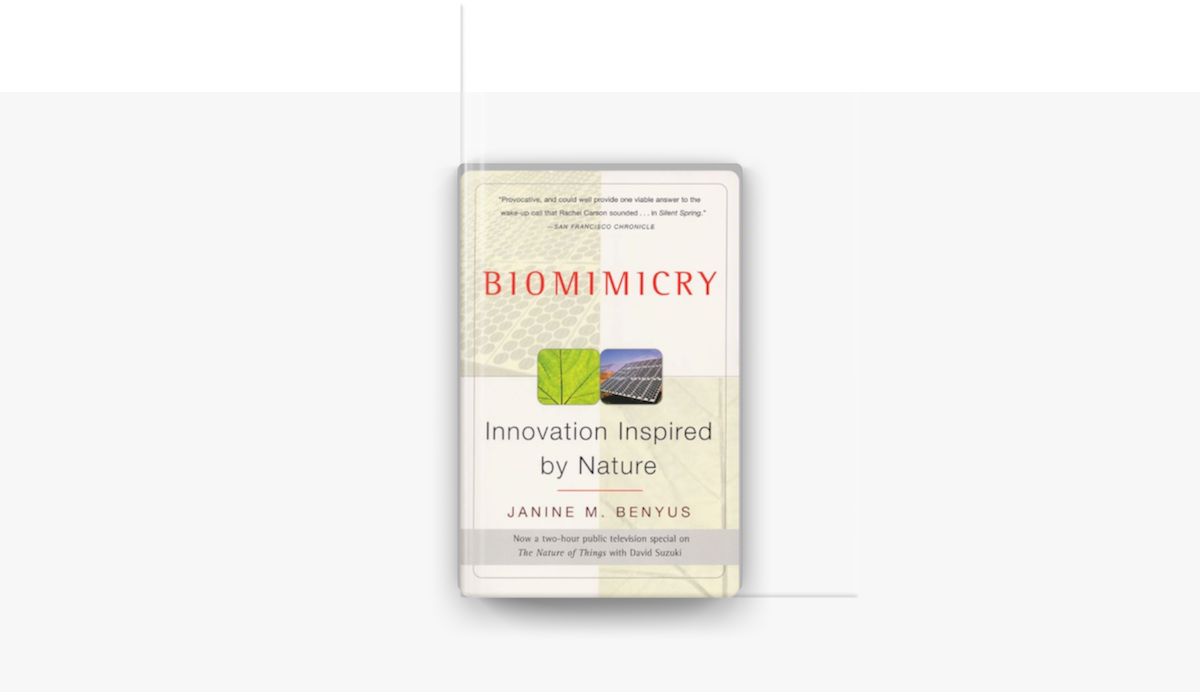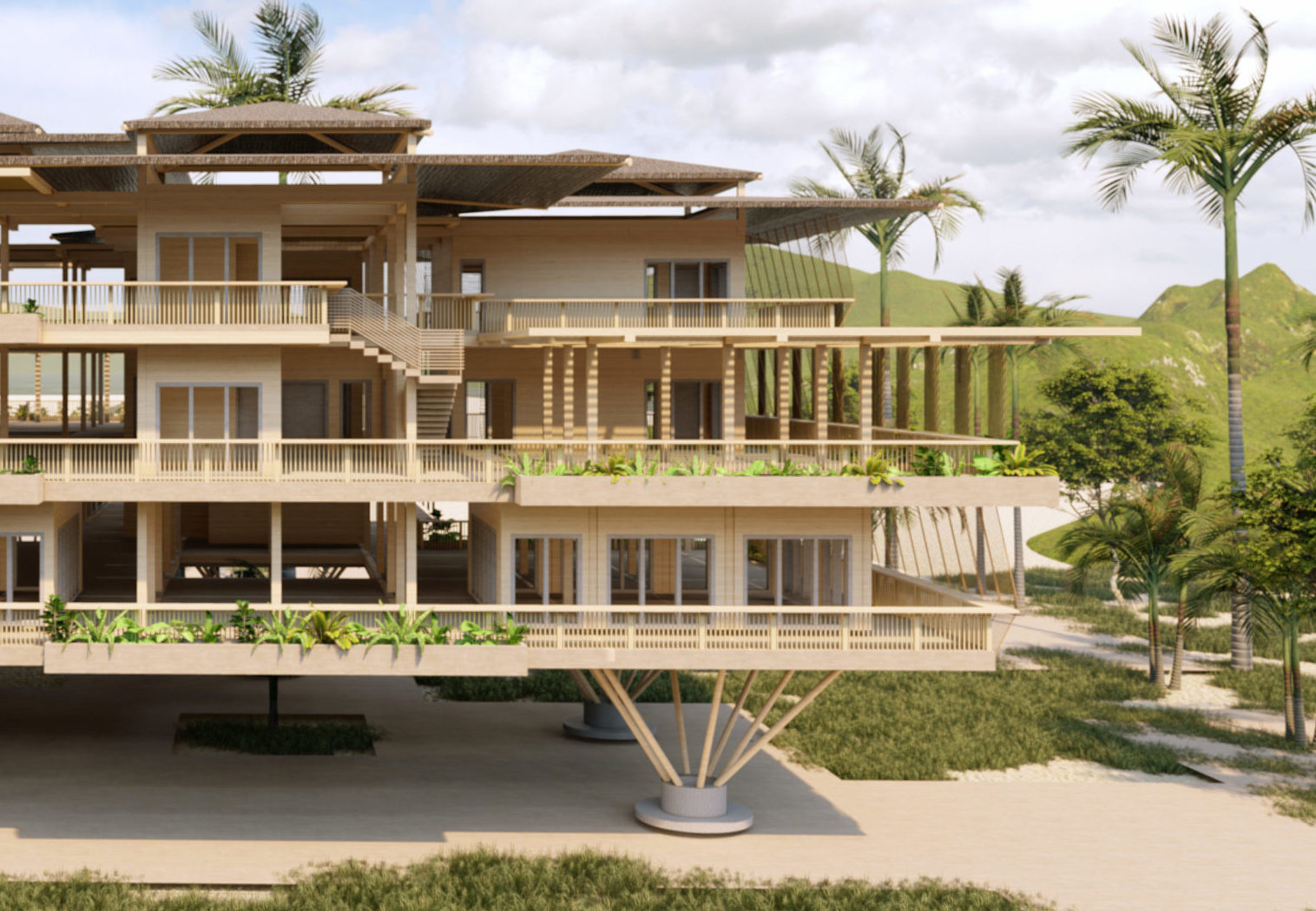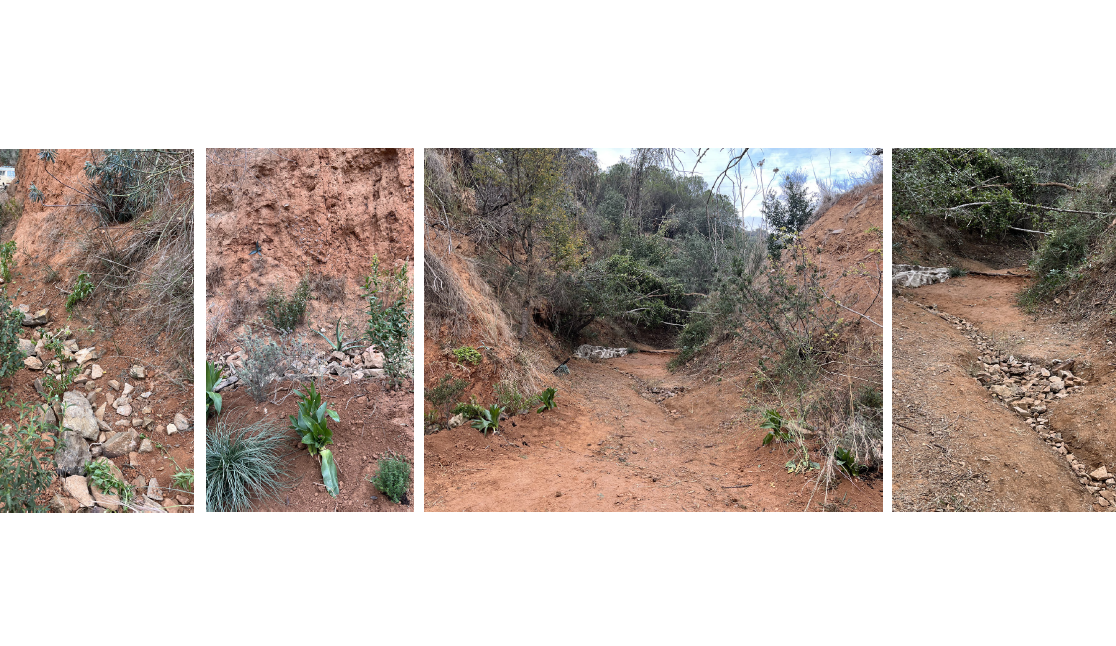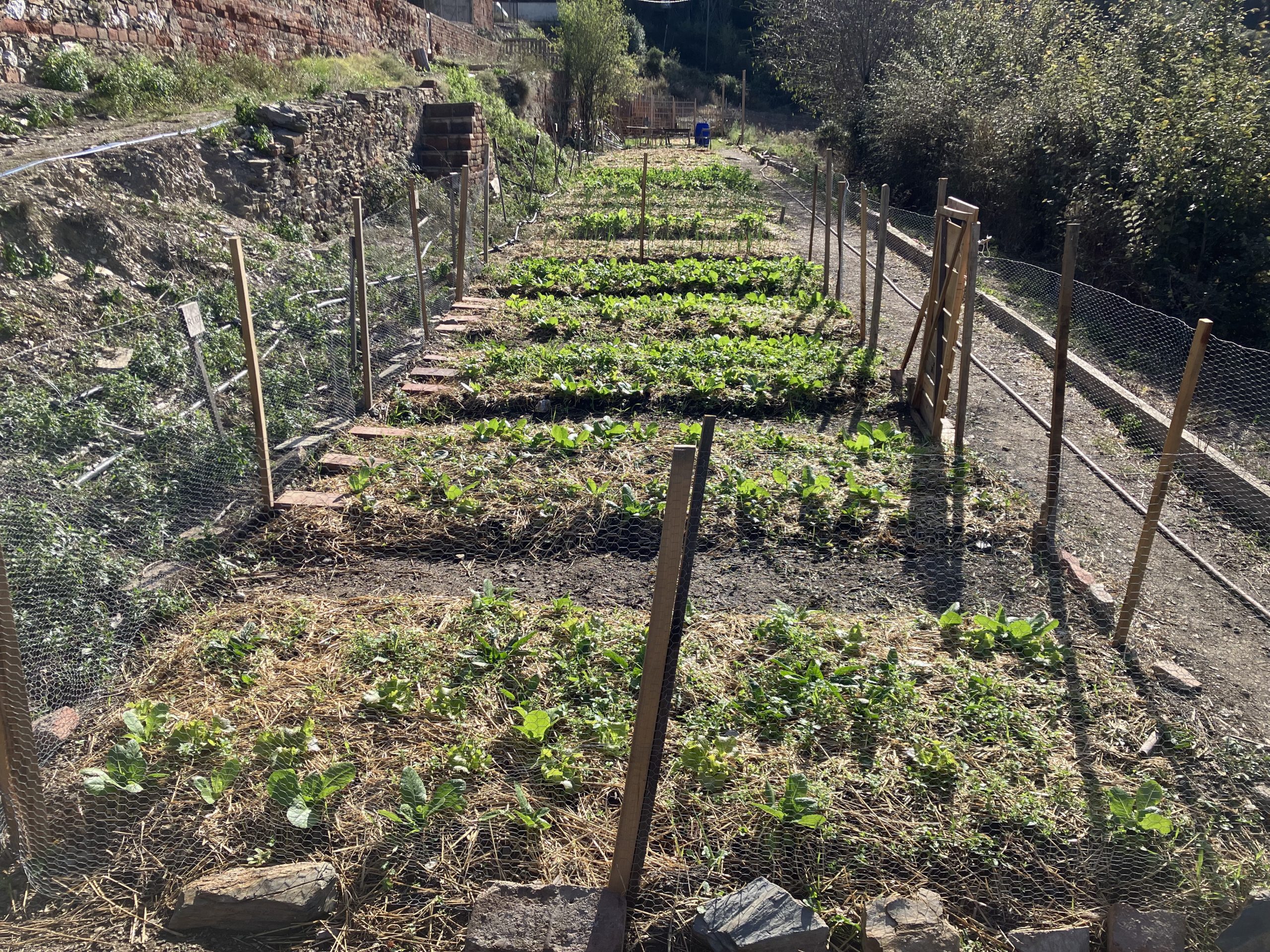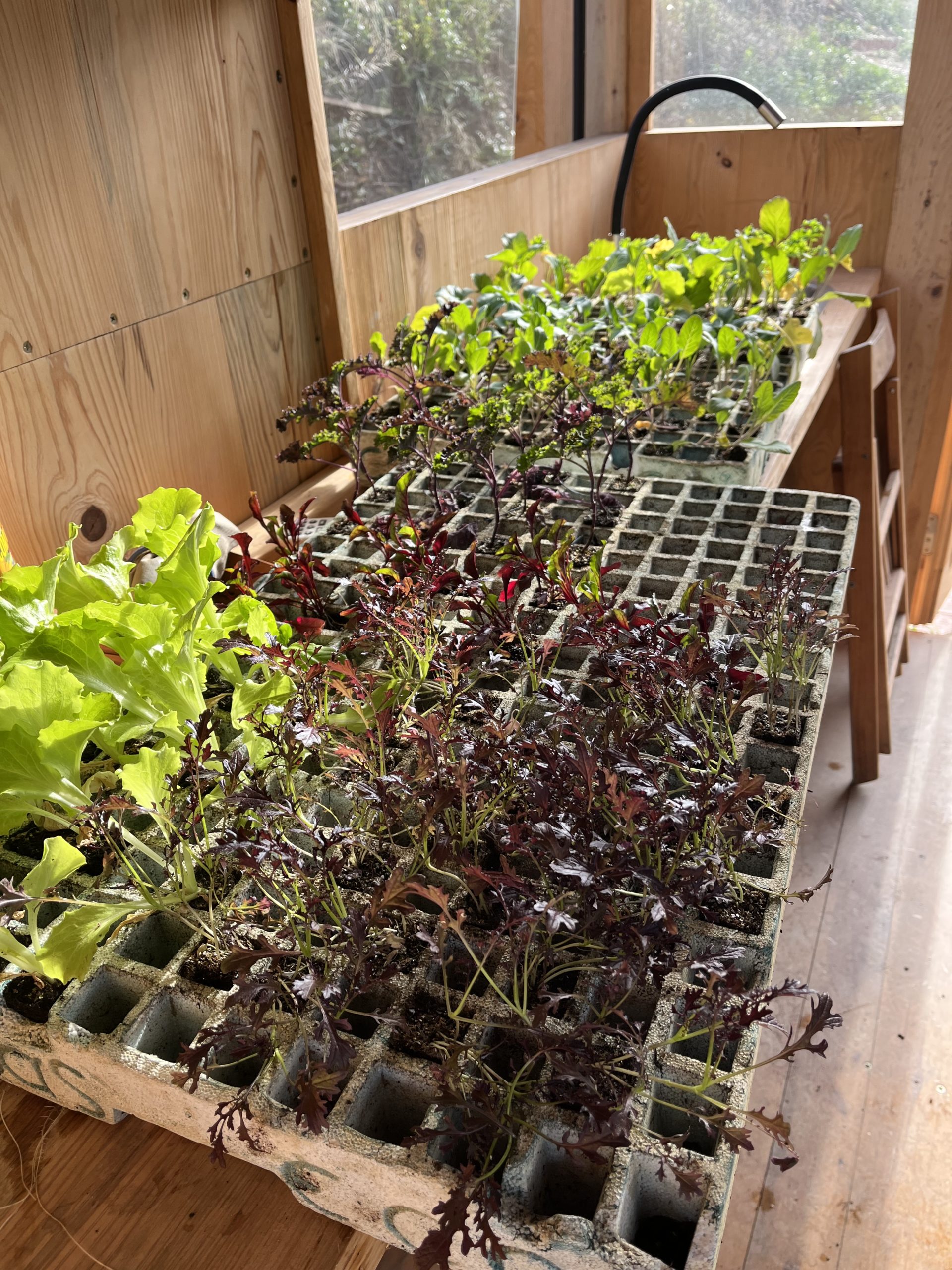Tabrizian Tapestry: Metabolic Systems Water
Rated under the World Water Pressure Map, Iran has an extremely high risk level of water stress assessment and the ratio of withdrawls to supply in a 2040 forecast. For our building Tabrizian Tapestry, we have created the following study and water management assessment through the following strategies: 1. CONSTRUCTED WETLANDS: Through subsurface flow constructed … Read more

